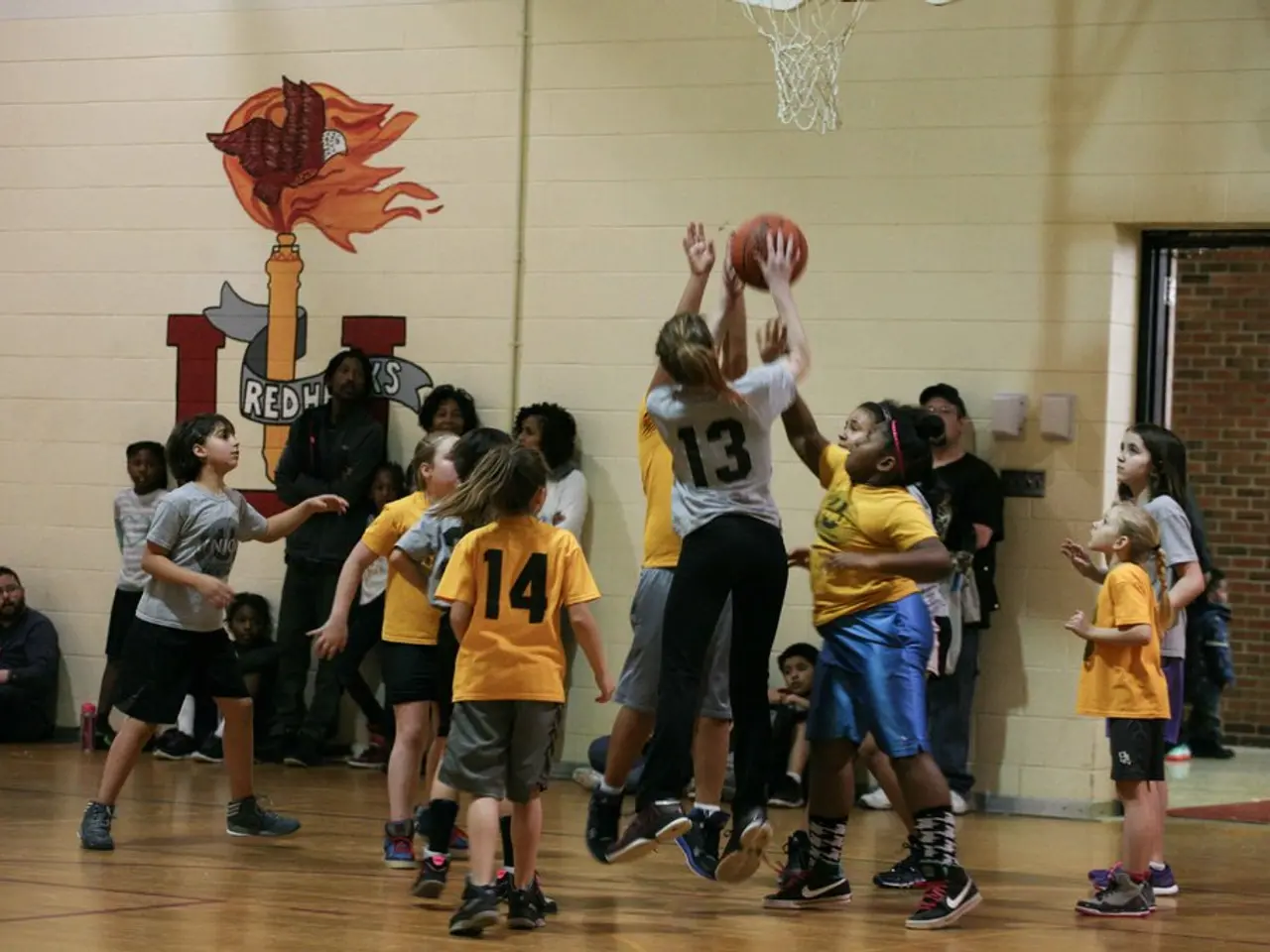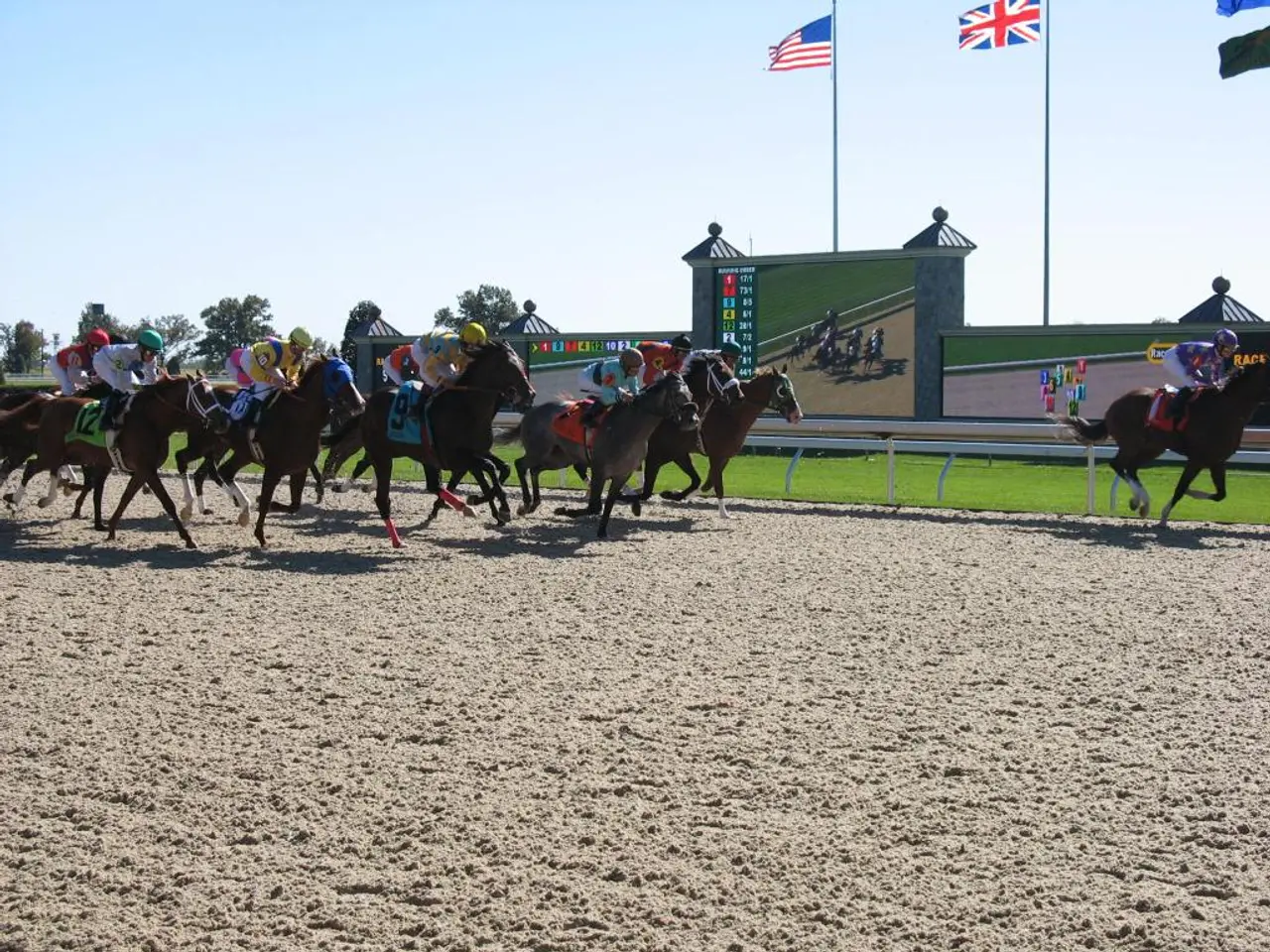Men's College Basketball's Future with NIL
The landscape of college basketball has undergone a significant transformation following the Supreme Court's 2021 decision in NCAA v. Alston, which allowed NCAA athletes to receive financial compensation for their Name, Image, and Likeness (NIL). This change has ushered in a new era where top basketball players at major schools can receive substantial direct payments, creating a competitive and financial disparity among programs.
One of the key impacts of this development is the widening talent gap between Power 5 conference schools and major programs, on one hand, and smaller programs or mid-major schools, on the other. With major schools able to offer substantial NIL packages, they are increasingly able to attract and retain top talent, intensifying disparities in recruiting and talent retention. This likely reduces parity and potentially diminishes the chances of underdog teams advancing deep into the March Madness tournament.
Another effect of this change is increased player movement. With relaxed transfer rules combined with NIL compensation, top players are more likely to transfer toward schools offering better NIL deals. This "bidding war" effect concentrates talent at a few elite programs, further homogenizing the top tier of college basketball.
Moreover, the highest NIL payments incentivize schools to focus resources on revenue-generating sports such as basketball, improving the quality of elite teams but making it harder for underdogs without those NIL resources to compete on equal footing.
Recruitment dynamics have also changed, with players now able to negotiate NIL deals before enrollment. This may lead to a cycle where top prospects cluster at schools with the biggest NIL markets and endorsements, potentially reducing the diversity and unpredictability of tournament outcomes.
Regulatory attempts to mitigate risks, such as NIL deal clearinghouses, aim to prevent illicit pay-for-play inducements and ensure fairness. However, the lack of uniform national NIL regulations and varying state NIL laws contribute to a "race to the bottom," complicating efforts to preserve competitive balance.
Despite these challenges, there are glimmers of hope. For instance, the Holy Cross women's basketball team, despite a head coaching change, aimed for another Patriot League Championship and unexpectedly won the NCAA Tournament this past spring, providing a reminder of the unpredictable nature of college basketball.
However, the increasing trend of big programs hiring "general managers" to ensure funding brings in top talent threatens to exacerbate the skill divide between small schools and perennial powerhouses. This raises concerns about the future of March Madness, an event known for producing memorable "upset" victories and "Cinderella" runs.
In conclusion, while NIL compensation empowers athletes and enhances player autonomy and financial opportunity, its current landscape arguably heightens inequality among college basketball programs. This creates challenges for maintaining March Madness tournament quality and competitiveness, particularly making it more difficult for traditional underdog teams to succeed at the highest levels.
- The transformation in the landscape of college basketball, enabled by the Supreme Court's decision in 2021, has led to a growing tradition of elite schools offering substantial financial compensation through Name, Image, and Likeness deals to attract top basketball players.
- The increased focus on revenue-generating sports, such as basketball, due to higher NIL payments, has resulted in features that differentiate the quality of elite teams, making it more challenging for mid-major schools to compete on equal terms.
- The relaxation of transfer rules and lucrative NIL deals have contributed to sports' increasing player movement, causing a concentration of talent at a few high-profile programs, a trend that may affect the unpredictability and diversity of event outcomes in March Madness.
- As we move forward, the hiring of "general managers" by large programs could deepen the gap between small schools and perennial powerhouses, potentially posing a threat to the sports' tradition of unexpected "upset" victories and "Cinderella" runs in events like the March Madness tournament.






